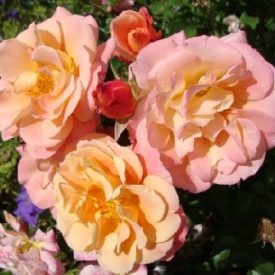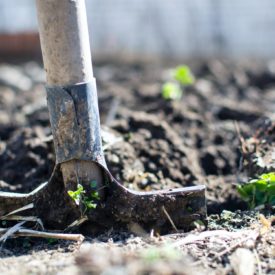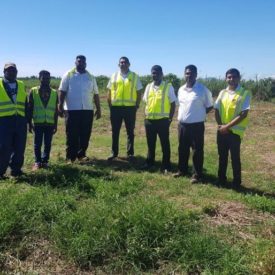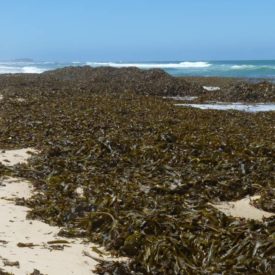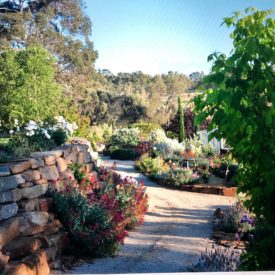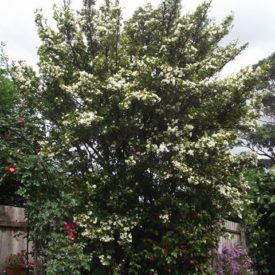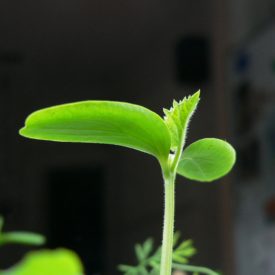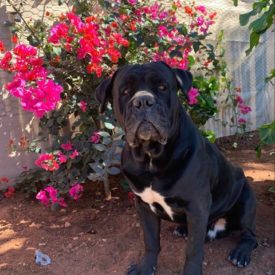All About Tomatoes
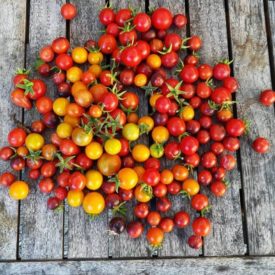
The not so humble tomato is at the top of the “must grow” list for many gardeners. In most years, the challenge is to see who is the most successful in harvesting a crop before Christmas. There are so many varieties to choose from and there is such a great range of colour too.
The Neutrog team told us what they’re growing in their home gardens this year. We have Green Zebra for its wonderful green colour and yellow stripes which indicate when it’s ripe. Several varieties of cherry tomatoes in different colours. The fabulous and ever reliable Grosse Lisse. Plus, a couple of unknowns. One of the team had their property under flood in June 2016. In the summer of 2016-17 a tomato seedling popped up on their river flats. It was a delicious little truss tomato which was never watered, had cows trampling over it and it survived right through until the worst of the frosts the following winter. Seed was saved and it has been affectionately named Flood Red. Another is growing a tomato known as Mr. Curry. Known as Mr Curry, because that’s the old bloke who provided the original seed. This is a huge fleshy and extremely tasty tomato which fruits right through until late May.

